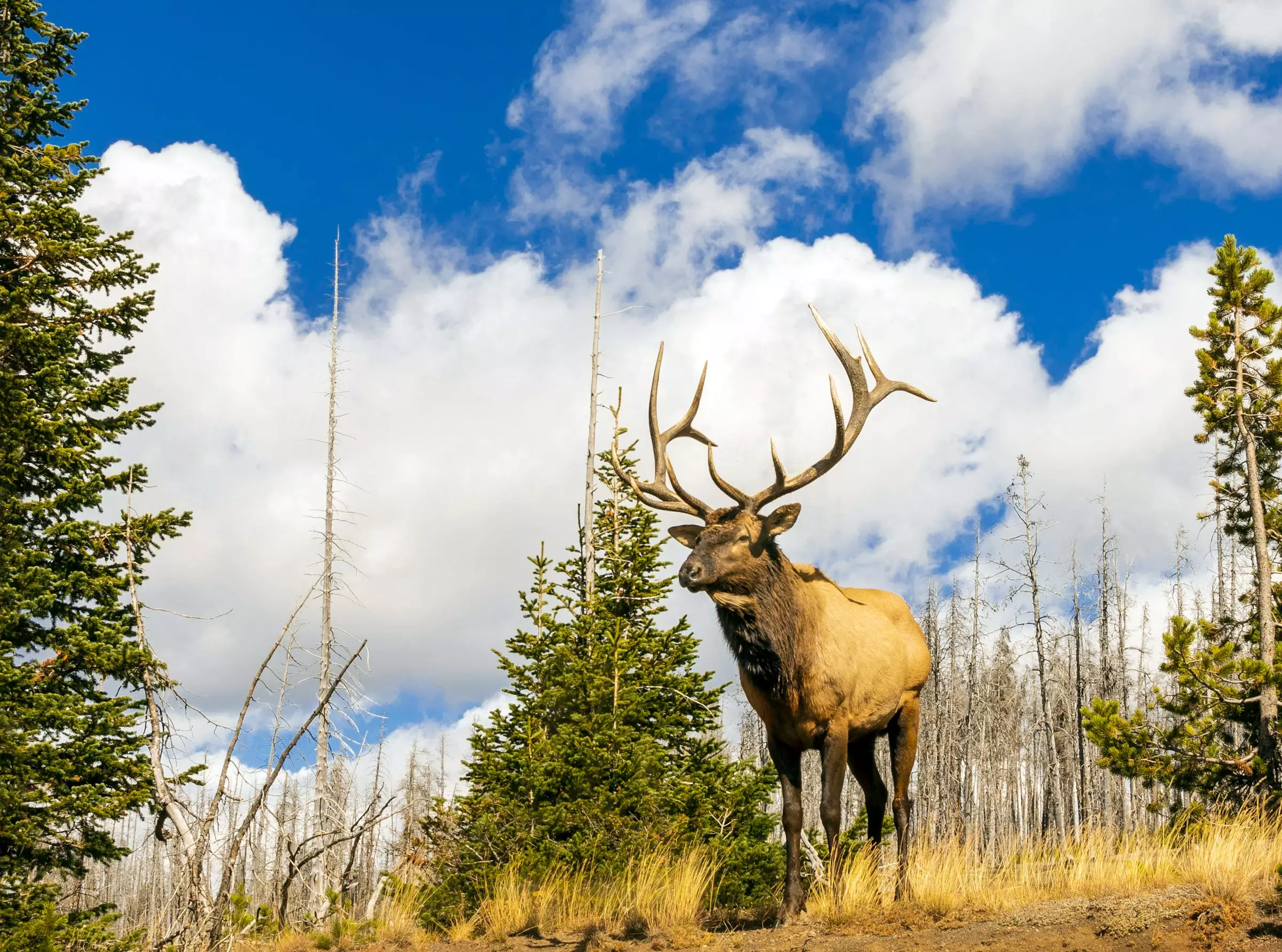Colorado Parks and Wildlife Commission Approves Final Wolf Restoration and Management Plan, Allowing for Reintroduction by 2023

After more than two years of meetings and public hearings, the Colorado Parks and Wildlife Commission has given final approval to the final Colorado Wolf Restoration and Management Plan. The plan was unanimously adopted through a two-step approval process that began last month in Steamboat Springs. This approval allows CPW biologists to introduce wolves in the Western Slope area, meeting the voter-approved deadline of reintroduction by December 31, 2023.
“This science-based plan is the result of months of planning, convening stakeholder and expert working groups, and offering live and public comment opportunities, while factoring in the biological needs of the species, and creating the best possible chance for these amazing animals to be successfully restored to our state,” said Governor Jared Polis.
Colorado Wolf Restoration Plan Highlights
The Colorado Parks and Wildlife (CPW) plan to introduce wolves in the state’s Western Slope area in line with voter approval for wolf restoration.
- CPW will aim to capture 10-15 wild wolves annually from several different packs over the course.
- CPW aims to move about 30 to 50 wolves over of 3 to 5 years.
- Donor populations will come from the states of Idaho, Montana and/or Wyoming.
- Wolves will be captured by trapping, darting, or net gunning in the fall and winter.
Reintroduction Locations
Initial release locations are targeted for Northwest Colorado and are limited by geographic and legal criteria. The state statute requires the release of wolves only to the west of the Continental Divide. Research data indicates that the wolves released in Yellowstone and central Idaho moved considerable distances within the first few months after release, covering distances ranging from 22 miles to 140 miles from the release sites. Hence, the release locations in Colorado will be at least 60 miles from the state borders with Wyoming, Utah, and New Mexico, as well as a similar buffer area requested by the Tribes in southwestern Colorado. The population is expected to expand beyond the initial release area.

Two primary zones identified for wolf reintroduction in Colorado. The northern area, generally depicted in green, is situated along the I-70 corridor between Glenwood Springs and Vail and extends south down the Roaring Fork Valley. The second area, generally depicted in yellow, is located along the Highway 50 corridor.
Colorado Wolf Restoration Proposition Approval
The Colorado Wolf Restoration and Reintroduction was approved by public vote as part of Proposition 114 in 2020. The target locations selected by CPW for reintroduction also are the locations with the least support for the proposition.

Impacts to Wildlife and Livestock
CPW plans to monitor the impact of wolf reintroduction on wildlife populations, as well as livestock. It is yet to be determined how this will affect hunting opportunity in the reintroduction location, or statewide as the wolf population spreads. The 2022-23 winter was historically bad, already taking a large toll on herd sizes.





